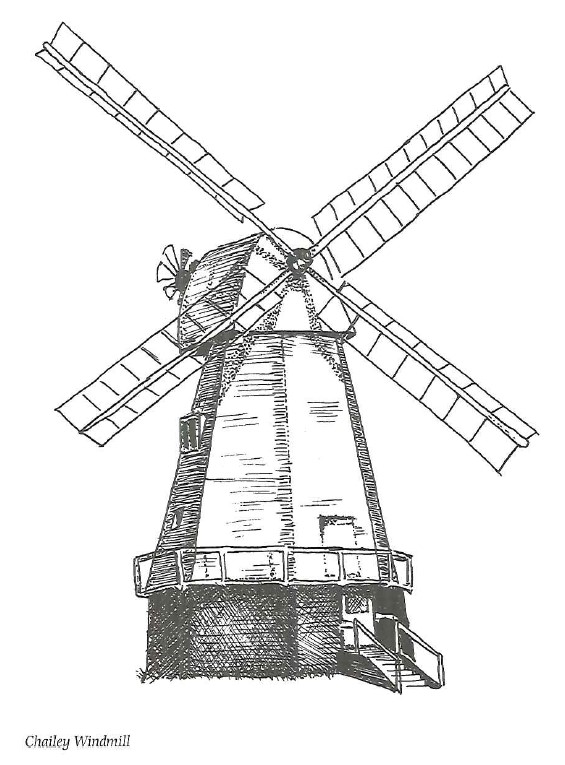Follow the straight road east of Rye for a mile or so across the flatlands and you come to the last village in Sussex, more a part of the so-called sixth continent of the world, Romney Marsh.
This cluster of cottages, a farm or two and a barn-like church is the embryonic ‘brother’ of a city, for Guildford in Surrey and this hamlet share a common bond in Sir Richard Guldeford. His family took their name originally from Guildford and he it was who gave the church to East Guldeford (pronounced Gilford, just to add to the confusion).
The church was built of brick in 1505 and underwent a careful restoration in the mid 1970s, which retained all its character and charm.
Sir Richard also built the sea wall that protects the parish today and drained the area to transform it from a sea-washed marsh to fine farming land. His work here done, he set off on a pilgrimage to the Holy Land.
They must have been stoic characters in the past to have settled down to life in this lonely, windswept corner. But there were lighter moments. Arthur Beckett, in The Wonderful Weald, recounts the tale of the clergyman, a stranger to the district, who undertook the service at the church one Sunday morning. Before the service began the parish clerk asked him if he would mind praiching’ in the reading desk, for my old hen has made her nest in the pulpit, and, as she is sitting, I shouldn’t like to have her disturbed.”
